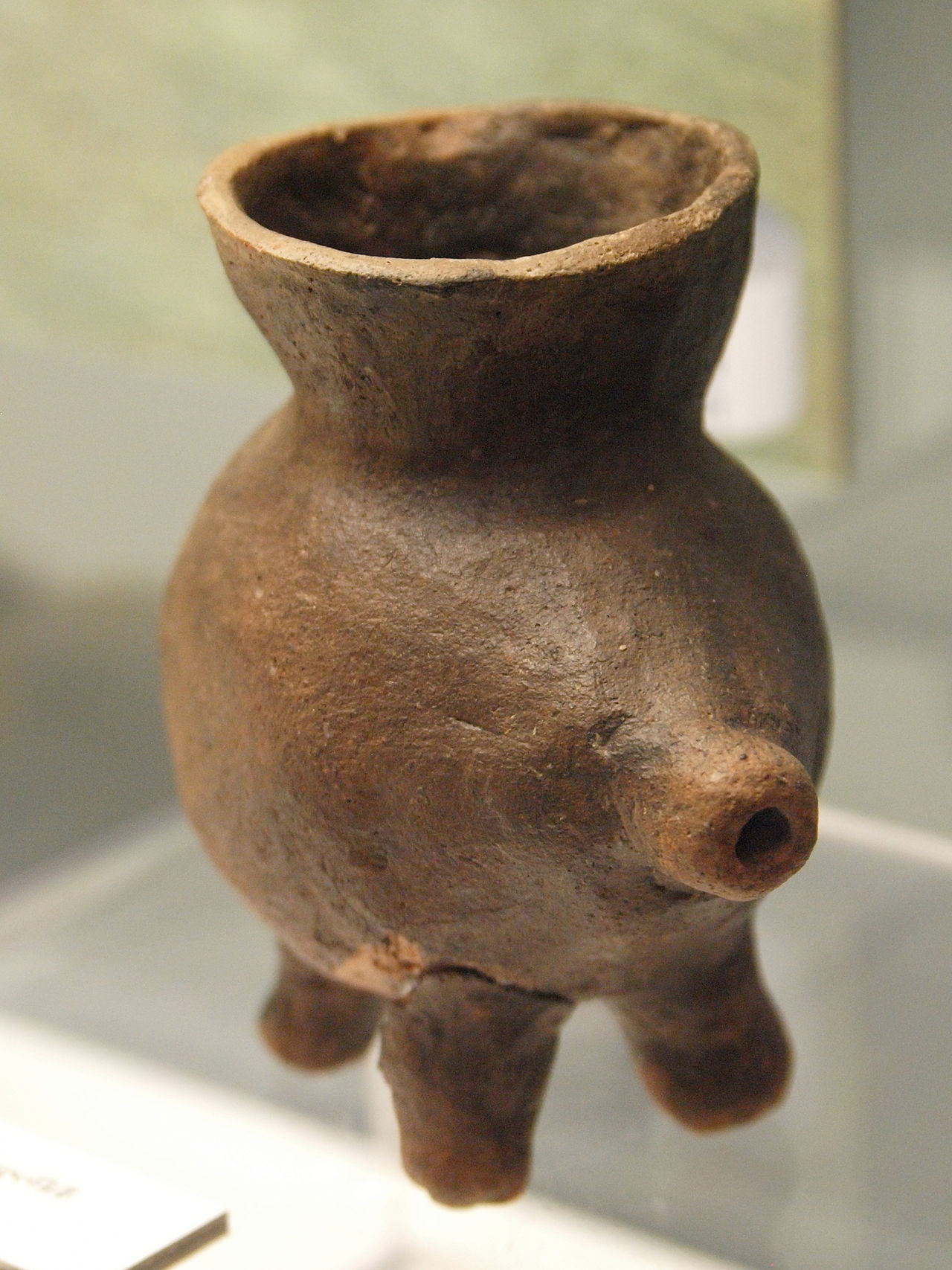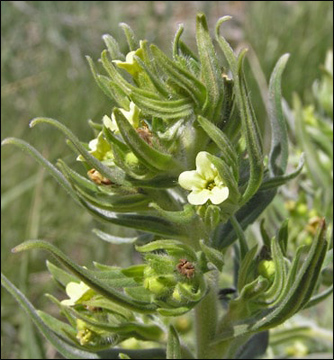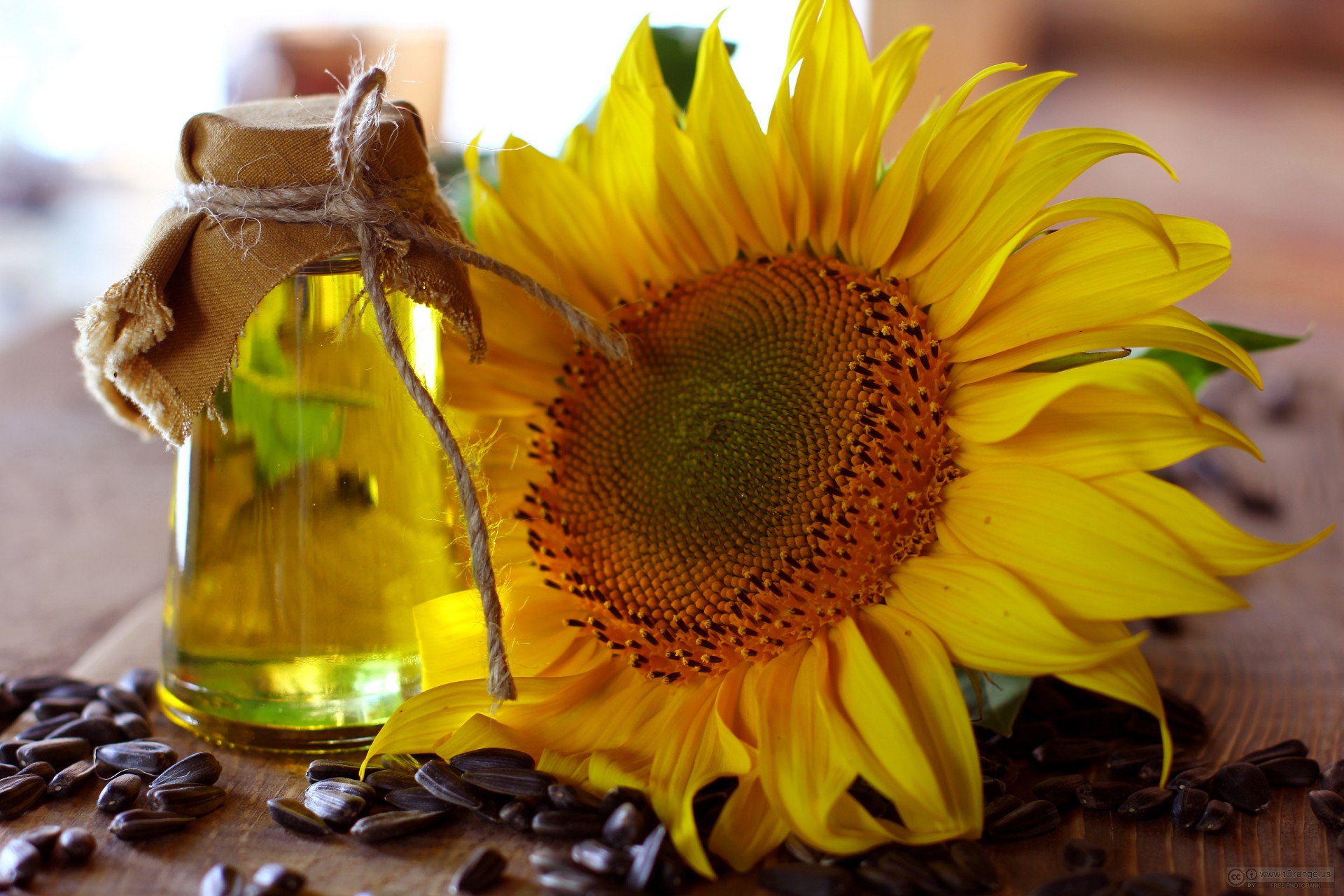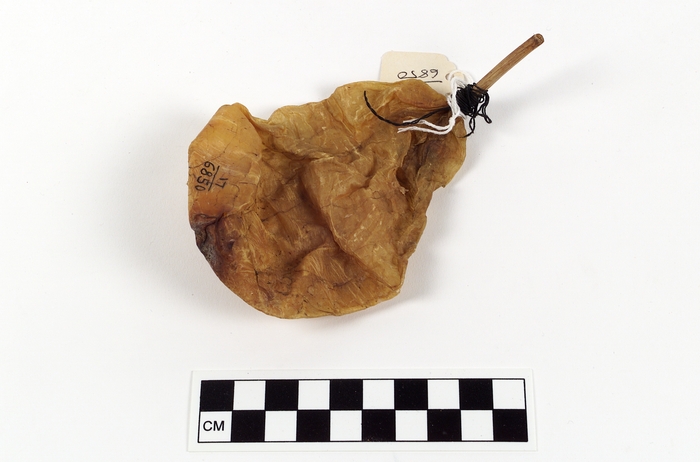Celebrating Native American Heritage Month
- Category: Blog
- Posted On:

It started as one single day celebrated in one state in 1915. A few months later, 24 states celebrated American Indian Day. 75 years later in 1990, George H. W. Bush approved a joint resolution designating November as National American Indian Heritage Month which has since been renamed Native American Heritage Month and it has been celebrated ever since.
Native American Heritage Month gives everyone an opportunity to reflect and appreciate all of the contributions that the first Americans made to the establishment and growth of the United States. And, it's an opportunity to learn about how native cultures and how they have affected the history of this country.
At Blue Mountain Hospital, we are excited about the chance to recognize the impact that Native Americans have had in the healthcare field. There are many things that would not be possible without their influence. Throughout the month of November, we will be updating this blog with more information on inventions that we use everyday in healthcare. Without them, Blue Mountain Hospital would not exist:
 Baby Bottles
Baby Bottles
Native Americans invented baby bottles and the first alternative baby food to breast milk. While it may not be recommended by your primary care physician or OB/GYN, it is what was used at the time. Using a dried and greased animal gut (normally bears), they would then attach a bird's quill to it for the nipple. In addition to breastmilk, they would fill the bottle with crushed corn, nuts, meat, and water. After a while, the tribes moved to creating baby bottles out of clay as well. This invention is specifically credited to the Iroquois tribe because we have evidence of what they used, but the same process or something very similar was most likely used in other tribes throughout the country. Baby bottles and infant care have come a long way since then, but we have the Iroquois to thank for getting us started.
Oral Birth Control
On the other end of baby care, let's talk pregnancy prevention. Oral birth control entered the scene in the United States in the 1960s, but it was not the first form of birth control! Way back in the day (around the 1700s according to historical records), the Native Americans turned to plants and herbs to prevent unwanted pregnancies. The Hopi tribe used the Indian paintbrush plant, the Navajo Nation used the stoneseed plant to make birth control tea, other tribes used dogbane herbs. These methods were not as effective as current birth control, but stoneseed is still discussed today as a possible contraceptive.
 Sunscreen
Sunscreen
Native Americans have medicinal purposes for over 2,500 plant species (as referenced above for the oral birth control), so it is no surprise that they can be credited for creating the first sunscreen using plants. Each culture had their own mixture, but generally the skin application consisted of sunflower oil, wallflower, and sap from aloe plants. Some included animal fat, oils from fish, clay, specific type of pine needles, powder from aspen trees, and more. This all happened way before Franz Greiter in 1938.
Syringes
Somewhat similar to the baby bottles, Native American syringes were made using a hollowed bird bone attached to an animal bladder. The animal bladder would hold the medicine or liquid and the hollowed, small, sharp bird bone would be used to put the medication in the right place. They were used as syringes ton inject fluid into the body, but this invention was also used to irrigate wounds, clean ears, and even give enemas. It wouldn't be until 1853 that the technology would show up in European medicine history.
bladder would hold the medicine or liquid and the hollowed, small, sharp bird bone would be used to put the medication in the right place. They were used as syringes ton inject fluid into the body, but this invention was also used to irrigate wounds, clean ears, and even give enemas. It wouldn't be until 1853 that the technology would show up in European medicine history.